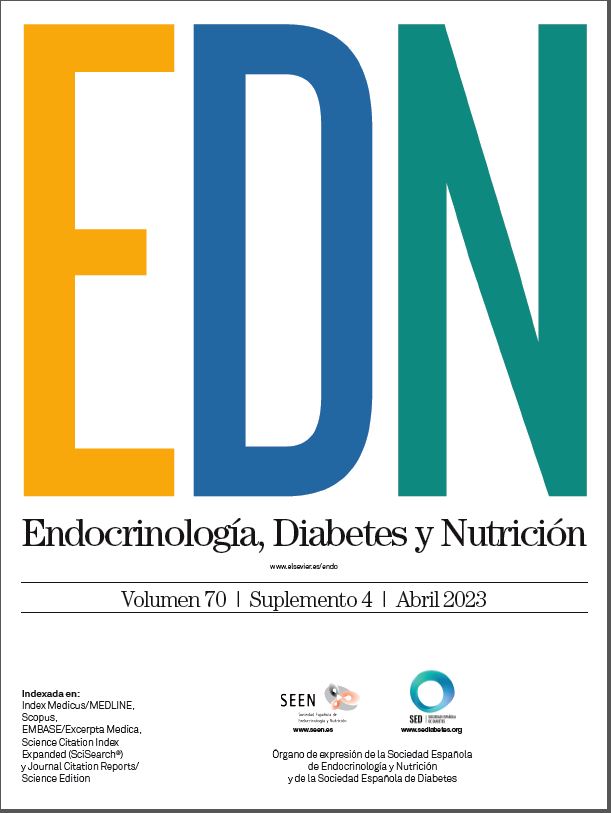P-007 - EXPLORING THE EFFECTS OF ENDOCRINE-DISRUPTING CHEMICALS ON PANCREATIC α AND β-CELL VIABILITY, GENE EXPRESSION AND FUNCTION
aCIBER de Diabetes y Enfermedades MetabÓlicas Asociadas, Instituto de Salud Carlos III, Madrid, Spain. bInstituto de InvestigaciÓn, Desarrollo e InnovaciÓn en BiotecnologÍa Sanitaria de Elche (IDiBE), Universidad Miguel HernÁndez, Elche, Spain. cDepartamento de FisiologÍa, GenÉtica y MicrobiologÍa, Universidad de Alicante, Alicante, Spain.
Introduction and objectives: Endocrine-disrupting chemicals (EDCs) are chemical substances that can interfere with any aspect of hormone action. Phthalates and perfluoroalkylated substances are two of the most common categories of EDCs. Phthalates are plasticizers used in a wide range of daily products including toys, food packaging, cosmetic products, and medical equipment. Perfluoroalkylated substances (PFAs) are synthetic chemicals present in a variety of industrial and consumer products such as adhesives, cosmetics and cleaning products. Because of its widespread use EDCs are ubiquitous in our environment. Human exposure to them mainly occurs through the diet, inhalation, and even skin contact. The concerning impact of EDCs in human health has gained the interest of major international health organizations, as some of the most common EDCs, like phthalates and PFAs, have been associated with different diseases including metabolic disorders like type 2 diabetes. Despite this, today, there are still no definitive and standardized in vitro tools to assess the metabolic impact of existing and emerging EDCs for regulatory purposes. Here, we evaluated the biological applicability of different pancreatic cell-based model as a potential tool for EDCs screening. The aim was to evaluate the capacity of two of the most extended EDCs, bis(2-ethylhexyl) phthalate (DEHP) and perfluorooctane sulfonic acid (PFOS), to disrupt relevant metabolic endpoints in pancreatic α and β-cells.
Materials and methods: Different pancreatic cell-based in vitro systems like the murine pancreatic β-cell line MIN6, the human pancreatic β-cell line EndoC-βH1 and the murine pancreatic α-cell line α-TC1,9 were used. Cells were exposed to a wide range of EDC concentrations (100 pM -10 μM) for 24, 48, 72 hours or 7 days. The effects of DEHP and PFOS on cell viability, insulin and glucagon secretion, content and electrical activity, as well as changes on expression of essential genes involved in α-cell and β-cell identity and function were analysed.
Results: We found that PFOS and DEHP display a deleterious effect on key molecular aspects of pancreatic α- and β-cell biology like the stimulus-secretion coupling, the ion channel activity as well as the gene expression profile.
Conclusions: The present work shows the possibility of using the pancreatic cell lines assayed as sensitive screening tools for the identification of the potential diabetogenic environmental pollutants.







